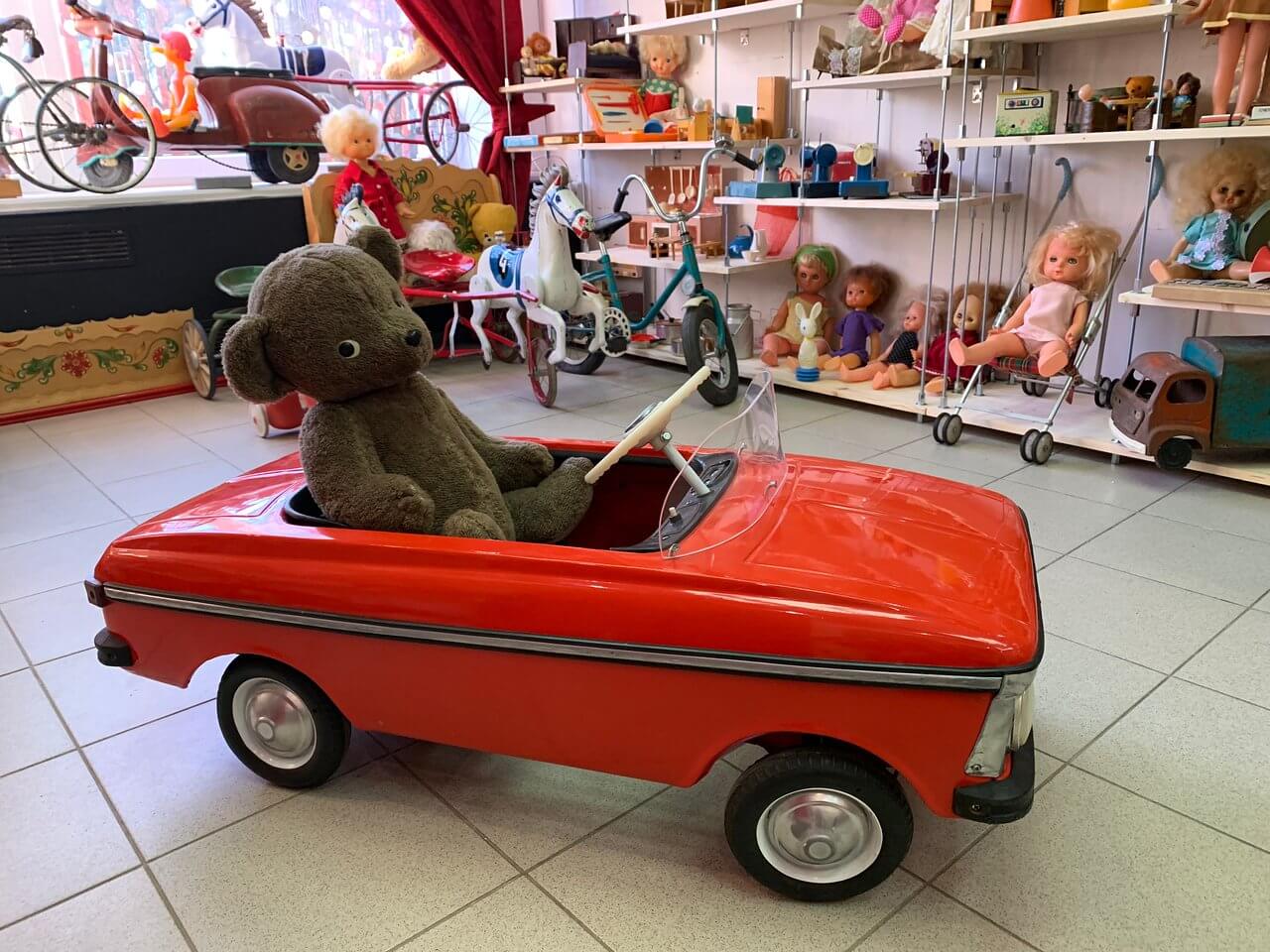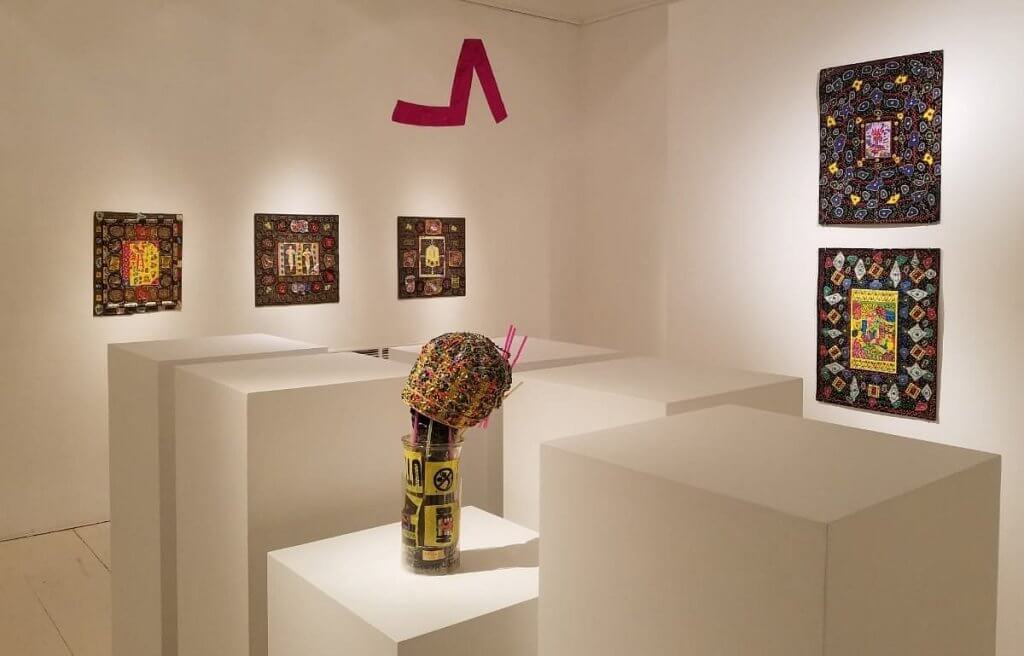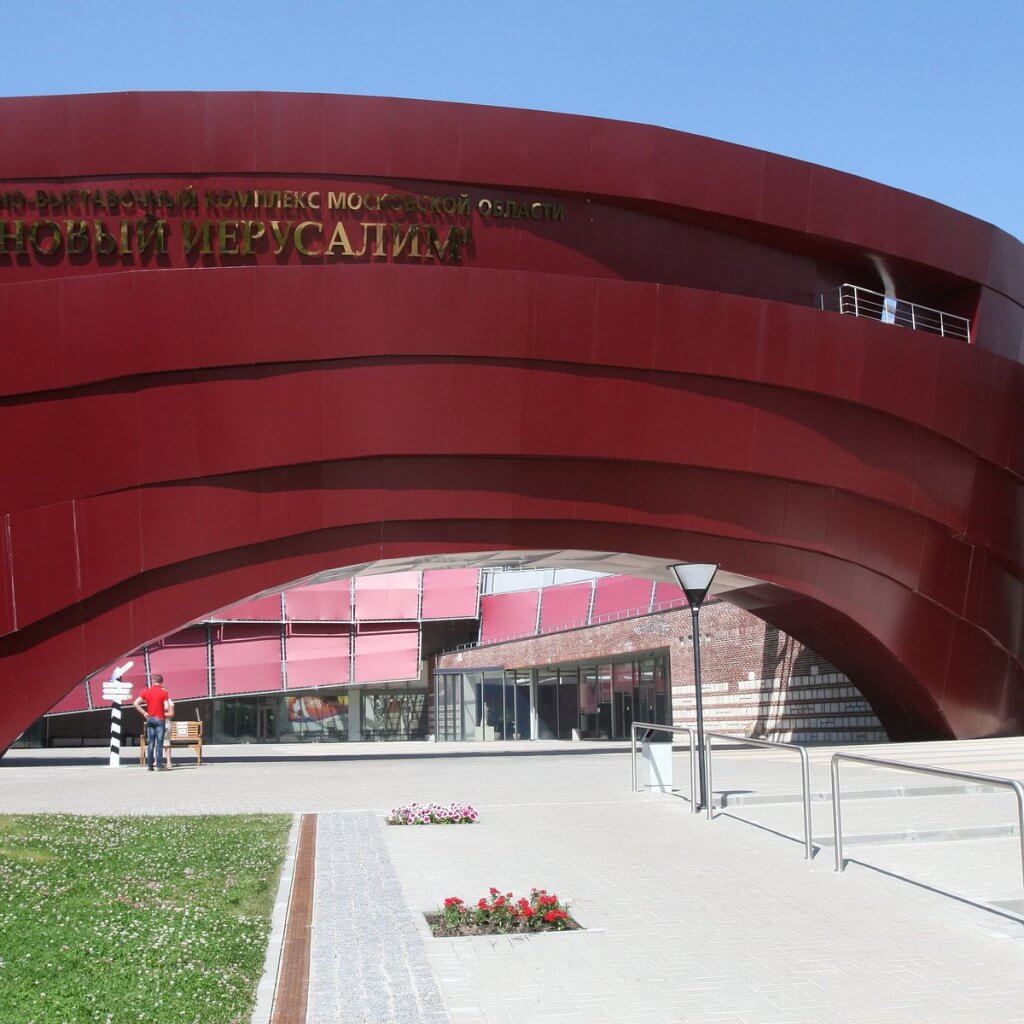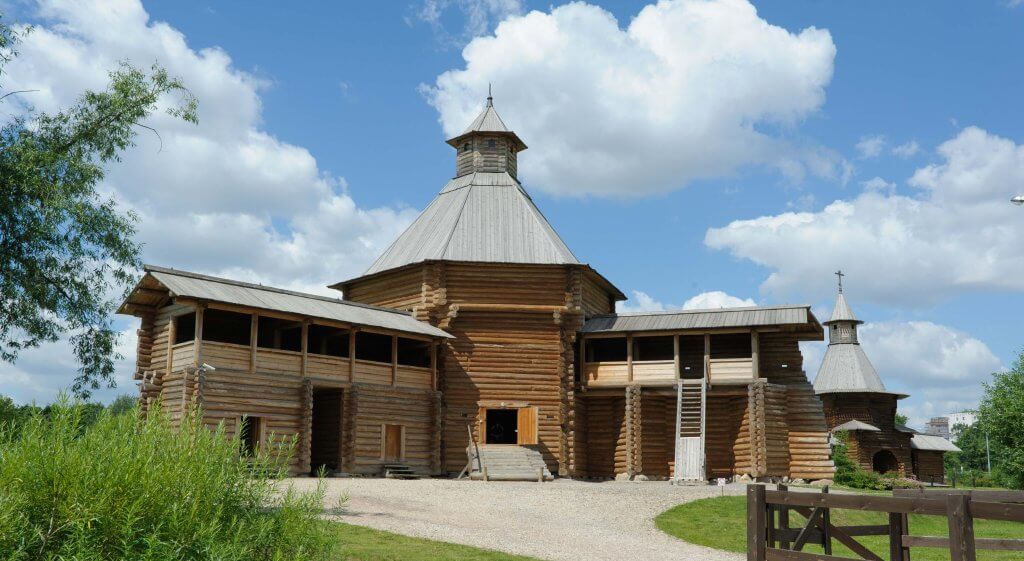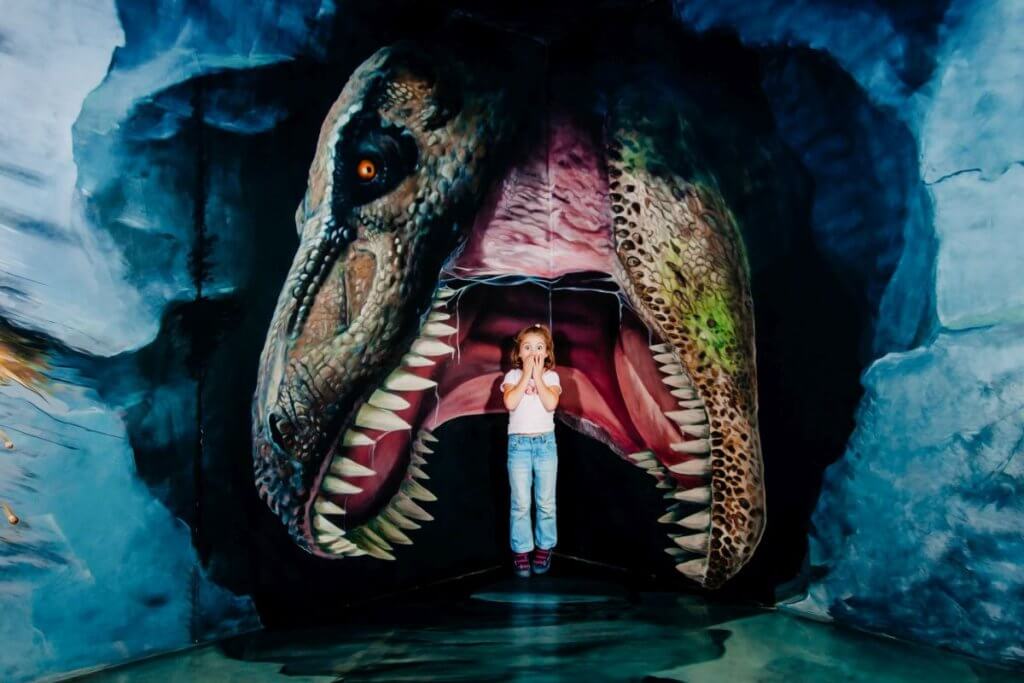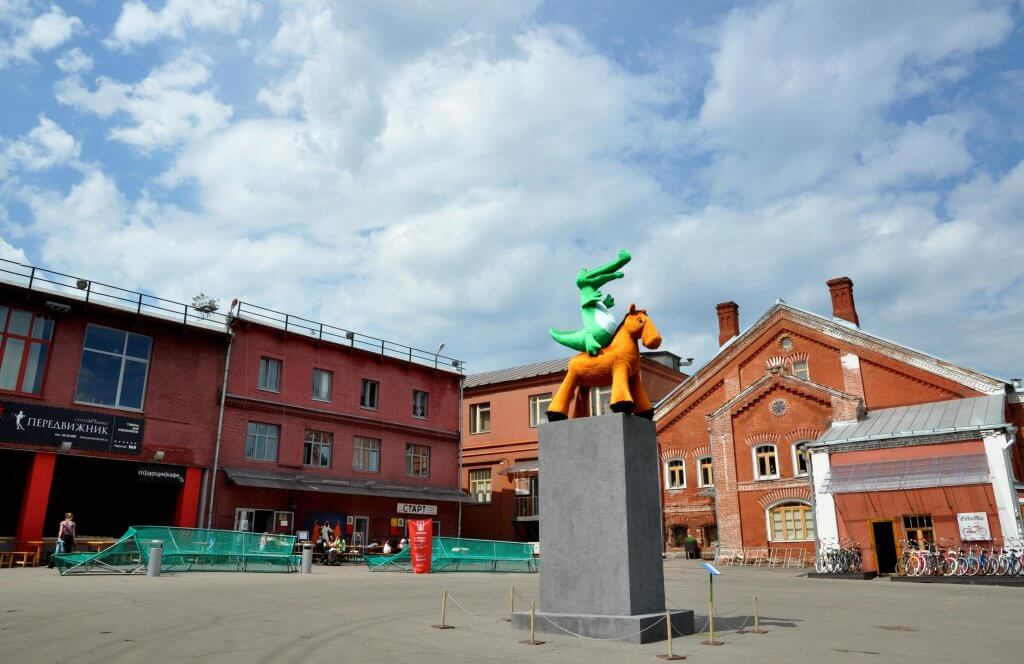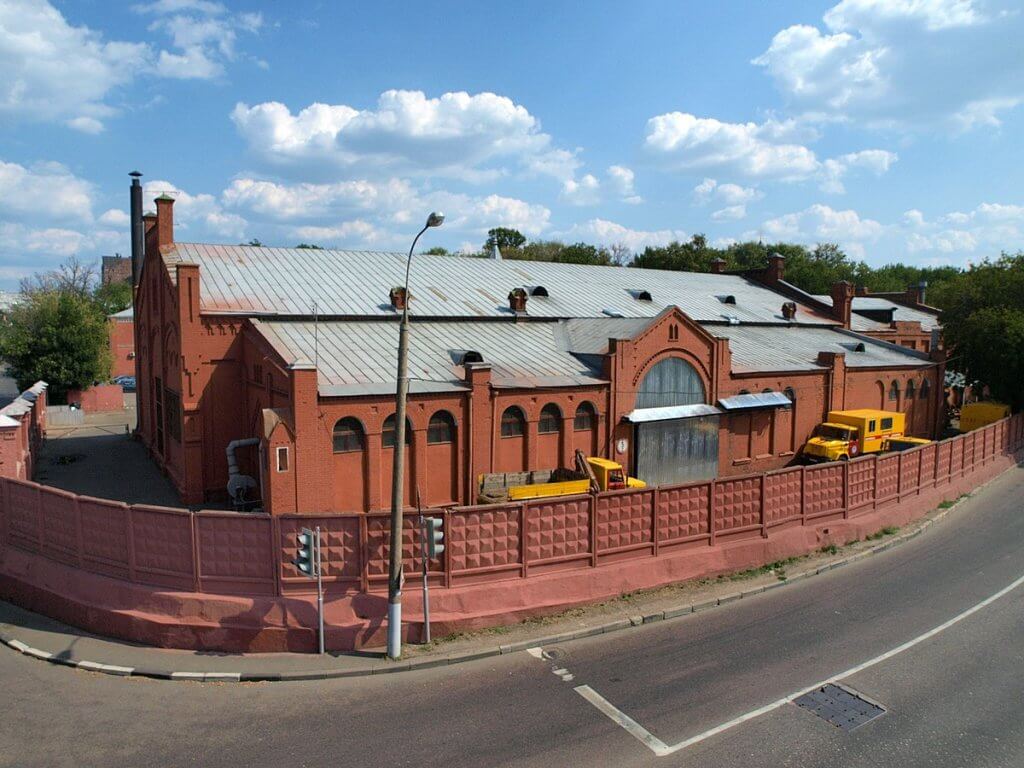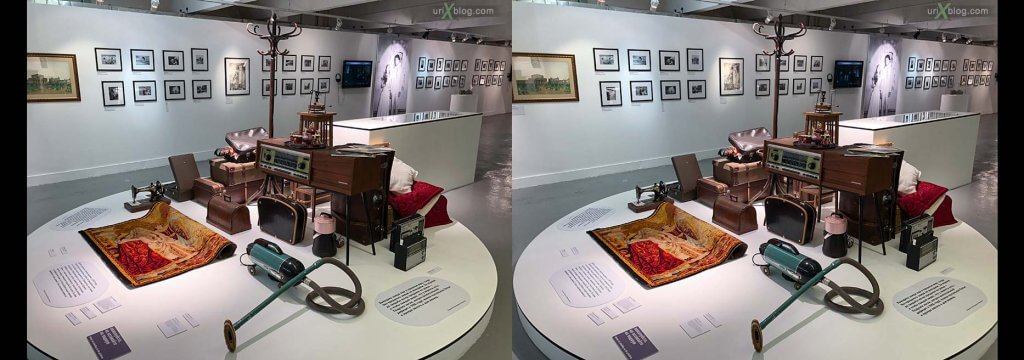A Journey Back to Childhood
The Museum of Forgotten Toys Moscow is a whimsical time capsule that transports visitors to the Soviet era. Located in a cozy 19th-century building near Kurskaya Metro, this museum celebrates the toys that shaped generations of Russian children. From tin soldiers to hand-carved wooden dolls, every exhibit tells a story of creativity, scarcity, and resilience.
Why Visit the Museum of Forgotten Toys Moscow?
- Nostalgia: Relive the magic of Soviet childhood with iconic toys like Nevalyashka dolls and Iron Felix trains.
- Cultural Insight: Understand how Soviet ideology influenced toy design, from propaganda-themed board games to space-themed models.
- Interactive Fun: Hands-on exhibits let you play with replicas of vintage toys.
Key Exhibits to Explore
- Soviet Toy Hall:
- Nevalyashka Dolls: The wobbly wooden dolls symbolizing resilience (“you can’t knock me down”).
- Iron Felix Trains: Tin trains named after Felix Dzerzhinsky, founder of the KGB.
- Space-Themed Toys: Models of Sputnik and Vostok rockets, celebrating the USSR’s space race victories.
- Propaganda Playthings:
- Board games teaching kids about socialism, like “Collective Farm Heroes” .
- Puzzles featuring Lenin and other Soviet leaders.
- Rare Collectibles:
- Porcelain Dolls: Hand-painted figurines from the 1930s.
- DIY Toys: Homemade toys crafted during WWII when factories halted production.
Hidden Gems You Might Miss
- The Secret Drawer: Contains letters from children asking Santa for toys during the 1980s shortages.
- Sounds of Play: An audio installation recreating the clatter of tin toys and laughter of Soviet playgrounds.
- Forgotten Factories: Displays on defunct toy manufacturers like “Agat” and “Druzhba.”
Practical Information
- Location: Lubyanka Street, 25 (near Museum of Soviet Life ).
- Hours: 10:00 AM–7:00 PM (closed Tuesdays).
- Tickets:
- Adults: 400 RUB
- Kids: 200 RUB
- Free for families visiting the Museum of Bread on the same day.
How to Make the Most of Your Visit
- Join a Guided Tour: Learn about the symbolism behind Soviet toys.
- Participate in Workshops: Create your own Nevalyashka doll or paint a wooden soldier.
- Combine with Nearby Museums:
- Museum of Soviet Life for context on daily Soviet routines.
- State Historical Museum for tsarist-era toys.
The Cultural Significance of Soviet Toys
- Ideology in Play: Toys were tools to instill socialist values, like teamwork and patriotism.
- Scarcity and Creativity: During WWII, children played with handmade toys due to material shortages.
- Post-War Boom: The 1960s saw mass production of plastic toys inspired by Western designs.
Visitor Reviews
- “The Nevalyashka dolls brought back so many memories! I had one just like this as a kid.” — Irina, 45.
- “My kids loved the interactive zone where they could play with replicas of old toys.” — Alex, UK.
Future Plans for the Museum
- Expansion in 2024: New wing dedicated to post-Soviet toys from the 1990s.
- Collaborations: Joint exhibits with the Museum of Water on toys inspired by rivers and boats.
Conclusion
The Museum of Forgotten Toys Moscow is more than a collection of playthings—it’s a portal to the past. Every doll, train, and puzzle reflects the hopes, struggles, and joys of Soviet childhood.
- Historical Context:
- Toys mirrored the political and economic climate of their time. For example, space-themed models celebrated the USSR’s achievements in science.
- Propaganda toys taught children loyalty to the state.
- Modern Relevance:
- The museum bridges generations, allowing grandparents to share stories with grandchildren.
- It also highlights universal themes like creativity and resilience, which resonate globally.
- Why Return:
- Rotating exhibits ensure new discoveries on every visit.
- Seasonal workshops, like Christmas ornament-making, add variety.

